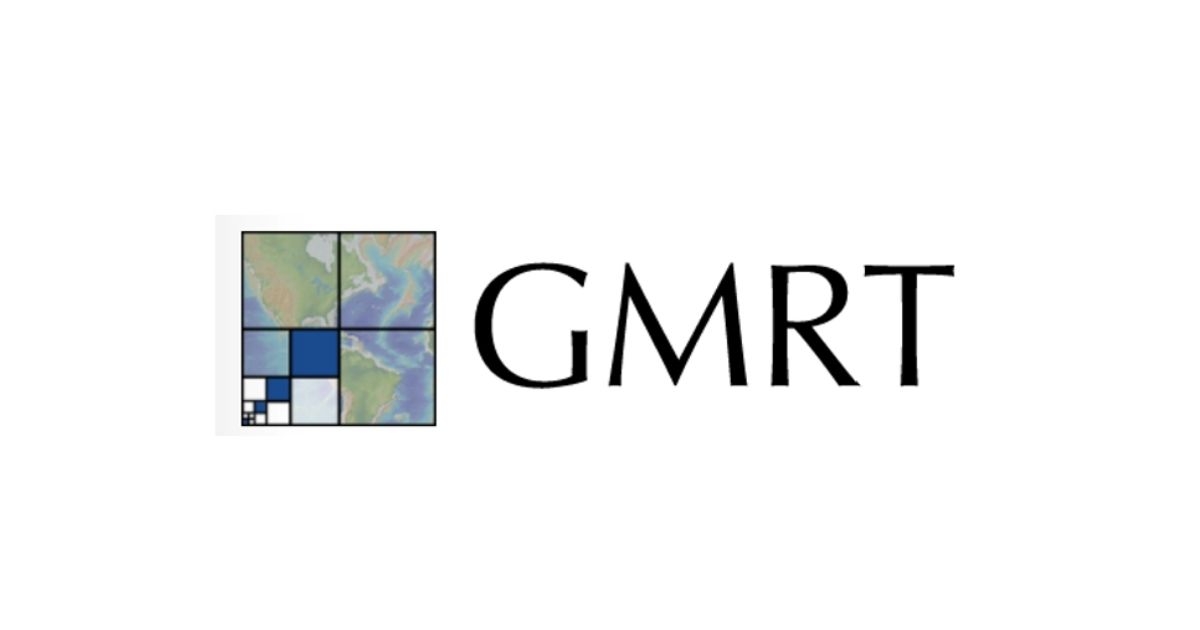Seabed 2030 and Global Multi-Resolution Topography Synthesis Project Partnership

The Nippon Foundation-GEBCO Seabed 2030 Project and the Global Multi-Resolution Topography (GMRT) Synthesis Project, operated at Columbia University’s Lamont-Doherty Earth Observatory, have paved the way for a future of collaborative working by entering into a Letter of Intent.
Seabed 2030 is a collaborative project between The Nippon Foundation and GEBCO to inspire the complete mapping of the world's ocean by 2030, and to compile all bathymetric data into the freely available GEBCO Ocean Map. GEBCO is a joint project of the International Hydrographic Organization (IHO) and the Intergovernmental Oceanographic Commission (IOC), and is the only organization with a mandate to map the entire ocean floor.
The mission of the GMRT Synthesis Project is to provide free and open access to multi-resolution bathymetry data throughout the global oceans to the widest possible user community through a scalable infrastructure for data synthesis, and tools for data access and visualization.
The synthesis began in 1992 as the Ridge Multibeam Synthesis (RMBS), and was expanded to include multibeam bathymetry data from the Southern Ocean. Today, it includes bathymetry from throughout the global and coastal oceans. To achieve its aim of providing access to bathymetric data, the GMRT Synthesis Project processes and integrates publicly available multibeam bathymetry data into a global synthesis, and operates a scalable infrastructure that can be used to offer the highest-resolution data for any particular location in the ocean.
“GMRT and its commitment to obtaining high-resolution bathymetric data will inevitably play a central role in supporting Seabed 2030’s mission of mapping the entire ocean floor,” commented Jamie McMichael-Phillips, Director of Seabed 2030.
“The Letter of Intent lays the groundwork for Seabed 2030 and GMRT to work together in acquiring new data from uncharted waters, and appropriately processing those already available.”
Dr. Suzanne Carbotte, GMRT Principal Investigator, said: “GMRT is committed to ensuring data access to the widest possible user community, which is why we’re pleased to contribute to Seabed 2030 and the GEBCO grid, which is made available to all.”
Data collected and shared with the Seabed 2030 Project is included in the GEBCO global grid – the most complete bathymetric dataset of the world’s ocean floor.

